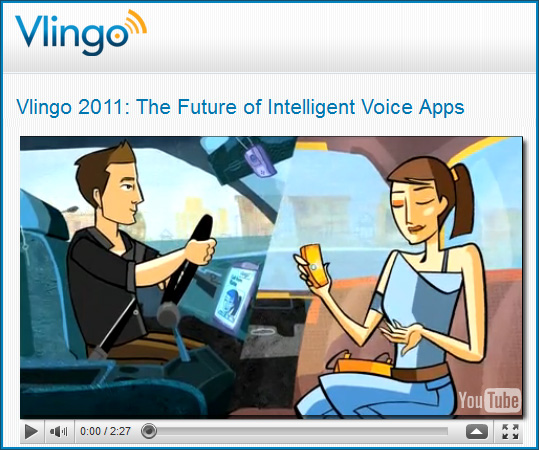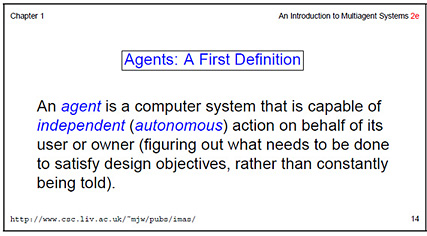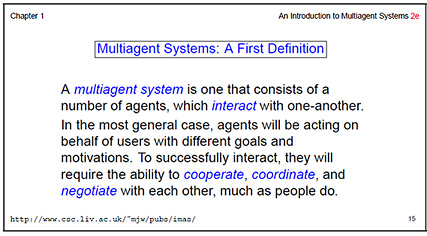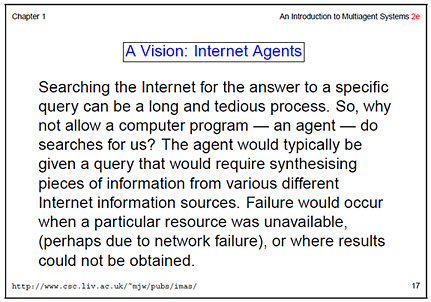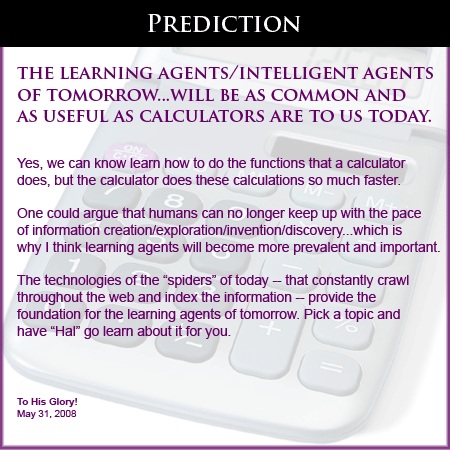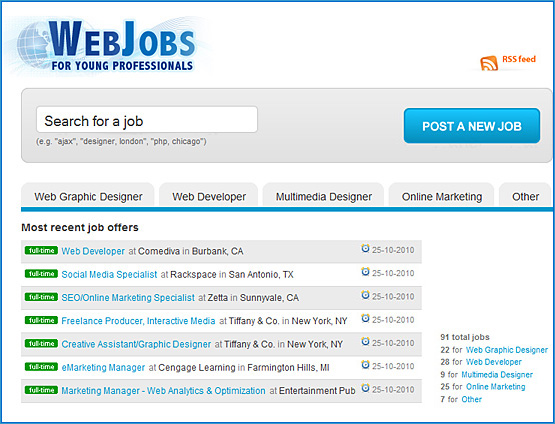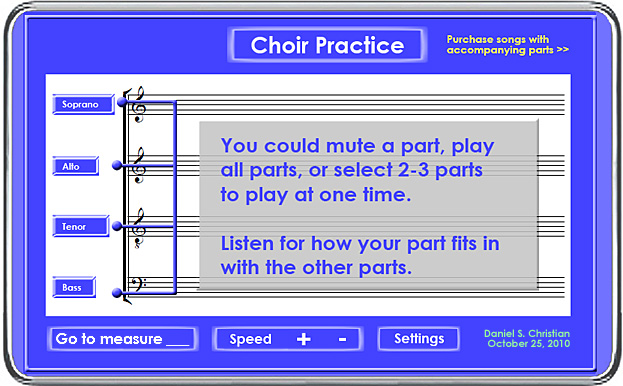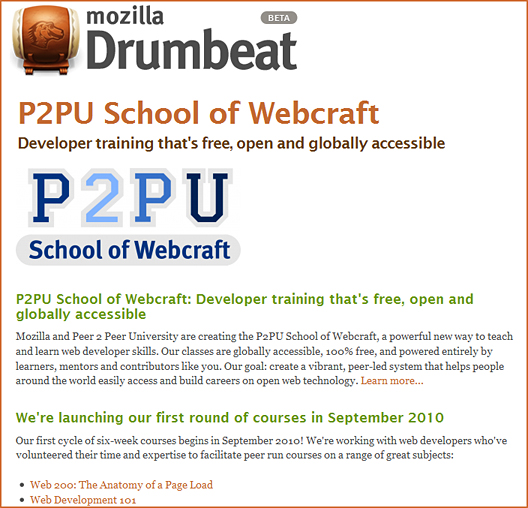The future of Microsoft Windows Azure: Platform as a service — from arstechnica.com by Peter Bright
.
At PDC yesterday, Microsoft unveiled its roadmap for the Windows Azure cloud computing platform. Moving beyond mere Infrastructure-as-a-Service (IaaS), the company is positioning Windows Azure as a Platform-as-a-Service offering: a comprehensive set of development tools, services, and management systems to allow developers to concentrate on creating available, scalable applications.
Over the next 12-18 months, a raft of new functionality will be rolled out to Windows Azure customers. These features will both make it easier to move existing applications into the cloud, and enhance the services available to cloud-hosted applications.
From DSC:
In reading Ray Ozzie’s views of the future (Ray is the departing high-level visionary at Microsoft), it was interesting to note that Ray points out the dangers of complexity — at least in the world of computing/software development. Quotes from both 2005 and 2010 are below:
Complexity kills. It sucks the life out of developers, it makes products difficult to plan, build and test, it introduces security challenges, and it causes end-user and administrator frustration. Moving forward, within all parts of the organization, each of us should ask “What’s different?”, and explore and embrace techniques to reduce complexity.
Complexity kills. Complexity sucks the life out of users, developers and IT. Complexity makes products difficult to plan, build, test and use. Complexity introduces security challenges. Complexity causes administrator frustration.
Hottest jobs and skills in cloud, mobile app development — from pcworld.com by Meridith Levinson, CIO
Want to lock in some job security in IT over the next five years? Then make sure you’re poised to move into cloud computing or mobile application development. That’s where the IT jobs are expected to be, according to 2,000 IT professionals recently surveyed by IBM.
IBM’s annual global Tech Trends survey identified cloud computing and mobile application development as the hottest tech trends and most sought-after IT skills for the next five years. An overwhelming majority of survey respondents (91 percent) expect cloud computing to overtake on-premise computing as the primary IT delivery model by 2015. More than half (55 percent) of survey respondents believe that in the same amount of time, the need to develop applications for mobile devices (such as Android, iPhone, iPad and PlayBook) will far surpass the need to develop software for traditional PCs and servers. These trends will impact IT jobs and the skills needed to do them.
IBM survey says mobile apps will dominate enterprise — from WSJ.com by Timonthy Hay
Consumers love tablet computers and smartphones and are finding novel uses for the many applications that run on them. But the devices are catching on in a significant way in the business world as well, according to a new survey from International Business Machines Corp., the company responsible for building and running much of the country’s enterprise computing systems.
After surveying 2,000 information-technology professionals in 87 countries, IBM found that more than half believe that within the next five years, more developers will be working on mobile applications and cloud-based architecture than traditional computing platforms for enterprise.
‘My Generation’ iPad app syncs with TV — from CNN.com by John D. Sutter
A new app for Apple’s tablet computer will listen to the ABC television series “My Generation” with you, and serve up content to augment the experience.
Using the iPad’s built-in microphone, the free “My Generation Sync” app literally syncs up with the TV show so it can give you information about what’s happening at that very moment on the television.
Rise of the ‘Apps Culture’ — Pew Research Center Publications
Cell phone use in the U.S. has increased dramatically over the past decade. Fully eight-in-10 adults today (82%) are cell phone users, and about one-quarter of adults (23%) now live in a household that has a cell phone but no landline phone.
Along with the widespread embrace of mobile technology has come the development of an “apps culture.” As the mobile phone has morphed from a voice device to a multi-channel device to an internet-accessing mini-computer, a large market of mobile-software applications, or “apps,” has arisen.
Among the most popular are apps that provide some form of entertainment (games, music, food, travel and sports) as well as those that help people find information they need and accomplish tasks (maps and navigation, weather, news, banking). With the advent of the mobile phone, the term “app” has become popular parlance for software applications designed to run on mobile phone operating systems, yet a standard, industry-wide definition of what is, and is not, an “app” does not currently exist. For the purpose of this report, apps are defined as end-user software applications that are designed for a cell phone operating system and which extend the phone’s capabilities by enabling users to perform particular tasks.
The most recent Pew Internet & American Life Project survey asked a national sample of 1,917 cell phone-using adults if they use apps and how they use them. Broadly, the results indicate that while apps are popular among a segment of the adult cell phone-using population, a notable number of cell owners are not yet part of the emerging apps culture.
Resource from reganmian.net
Next Firefox 4 Beta arrives, now with multi-touch — from WebMonkey.com by Michael Calore
Mozilla has released the latest beta version of its Firefox 4 browser. You can grab Firefox 4 beta 3 for all major operating systems and over 30 languages from Mozilla’s beta download site.
.
.
From DSC:
I post this because when this type of functionality makes its way across all browsers (and operating systems), we will have a very interesting way of interacting with applications via the web browsers.
U Michigan iPhone app grows from student project — from CampusTechnology.com by Dian Schaffhauser
An iPhone app conceived by two students at the University of Michigan in Ann Arbor, built as a computer science class project, and purchased by the school’s IT organization has made its public debut in the Apple iTunes store. Formerly named iWolverine, now called “University of Michigan,” the app allows users to track buses in real time through the popular Magic Bus Web application, listen to the school’s fight song, check dining hall menus, and search for buildings, among other features.









